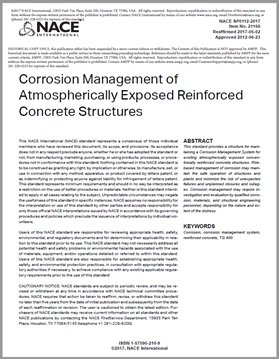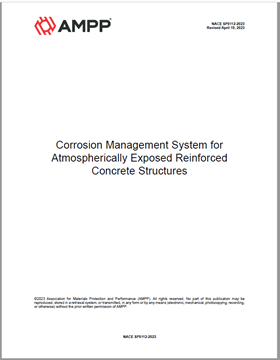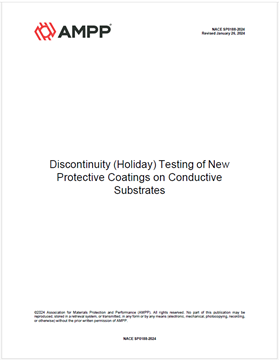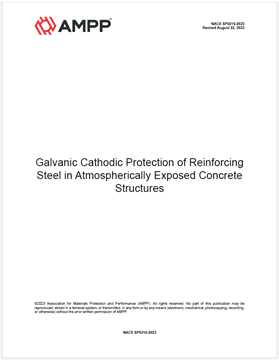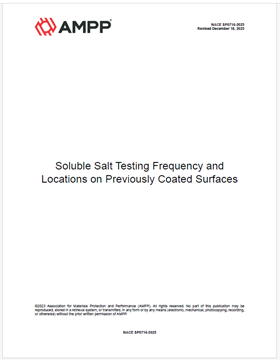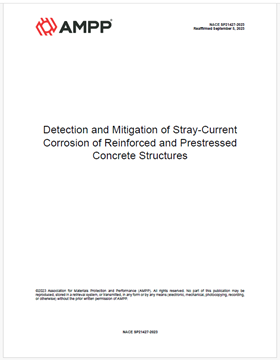Search
Highways & Bridges
View as
Sort by
Display
per page
NACE Publication 21429-2018-SG - State of the Art Report on Corrosion-Resistant Reinforcement
Product Number:
21429-SG
Publication Date:
2018
$109.00
NACE SP0107-2017, “Electrochemical Realkalization and Chloride Extraction for Reinforced Concrete”
Product Number:
21113-SG
ISBN:
1-57590-210-9
Publication Date:
2017
$179.00
NACE SP0107-2021, Electrochemical Realkalization and Chloride Extraction for Reinforced Concrete
Product Number:
NACE SP0107-2021
Publication Date:
2021
$109.00
NACE SP0112-2017, Corrosion Management of Atmospherically Exposed Reinforced Concrete Structures
Product Number:
21166-SG
Publication Date:
2017
$179.00
NACE SP0112-2023, Corrosion Management System for Atmospherically Exposed Reinforced Concrete Structures
Product Number:
NACE SP0112-2023
Publication Date:
2023
$109.00
NACE SP0188-2024, Discontinuity (Holiday) Testing of New Protective Coatings on Conductive Substrates
Product Number:
NACE SP0188-2024
Publication Date:
2024
$109.00
NACE SP0216-2016, “Sacrificial Cathodic Protection of Reinforcing Steel in Atmospherically Exposed Concrete Structures.”
Product Number:
21403-SG
Publication Date:
2016
$179.00
NACE SP0216-2023, Galvanic Cathodic Protection of Reinforcing Steel in Atmospherically Exposed Concrete Structures
Product Number:
NACE SP0216-2023
Publication Date:
2023
$109.00
NACE SP0716-2023, Soluble Salt Testing Frequency and Locations on Previously Coated Surfaces
Product Number:
NACE SP0716-2023
Publication Date:
2023
$109.00
NACE SP21427-2023, Detection and Mitigation of Stray-Current Corrosion of Reinforced and Prestressed Concrete Structures
Product Number:
NACE SP21427-2023
Publication Date:
2023
$109.00
NACE TM0294-2016-SG, “Testing of Embeddable Impressed Current Anodes for Use in Cathodic Protection of Atmospherically Exposed Steel-Reinforced Concrete”
Product Number:
21225-SG
ISBN:
1-57590-133-1
Publication Date:
2016
$109.00
New Developments in Fluorourthane Coatings for Bridges
Product Number:
41216-995-SG
Publication Date:
2016
$20.00




